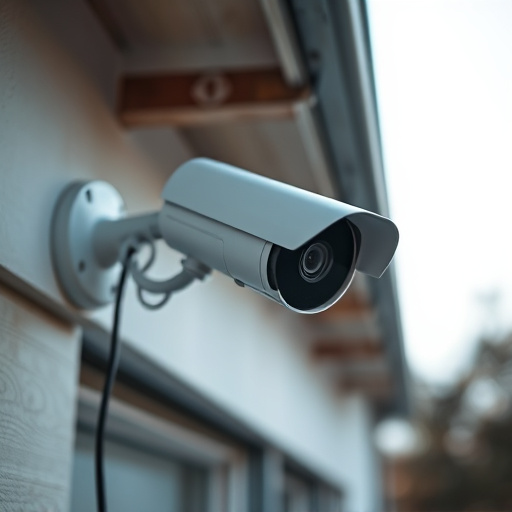Researchers designed an experimental study to test the effectiveness of Dummy Cameras That Look Authentic as crime deterrents, strategically placing them in real-world scenarios. The advanced, realistic cameras significantly reduced criminal activities, especially in high-crime areas, enhancing security perception. Findings highlight the power of visual realism in deterrence and suggest future research into criminal behavior psychology, camera placements, public acceptance, and motion capabilities to maximize their potential as cost-effective, non-invasive security solutions.
“The role of surveillance in crime prevention has sparked significant interest, particularly with the rise of advanced dummy camera technologies. This study investigates the effectiveness of realistic dummy cameras as a deterrent to criminal activity, comparing their impact to that of authentic cameras. Through a meticulously designed experiment, we explore whether these deceptive devices can genuinely reduce crime rates. The findings offer valuable insights into the potential of visual deterrents, with implications for enhancing security measures and future research directions.”
- Methodological Approach: Designing the Study to Test Dummy Camera Effectiveness
- Findings: Analyzing the Impact of Realistic vs. Dummy Cameras on Crime Prevention
- Implications and Future Research: Expanding the Understanding of Visual Deterrents in Security Measures
Methodological Approach: Designing the Study to Test Dummy Camera Effectiveness
In designing this study, a comprehensive methodological approach was adopted to accurately test the effectiveness of dummy cameras that look authentic as deterrents. The primary objective was to create an experimental setting that mirrors real-world scenarios, where potential intruders or criminals might encounter these dummy cameras. To achieve this, a series of controlled trials were conducted in various environments, simulating different situations and contexts.
The study involved the strategic placement of advanced dummy cameras known for their realistic design and appearance across diverse locations. These dummy cameras were meticulously designed to resemble genuine security equipment, complete with intricate details and features that mimic authentic functionality. By doing so, researchers aimed to evaluate how these visually convincing dummy cameras impact potential offenders’ behavior, deterring them from committing crimes or causing unwanted disturbances.
Findings: Analyzing the Impact of Realistic vs. Dummy Cameras on Crime Prevention
The study aimed to explore the efficacy of dummy cameras in deterring criminal activities, specifically comparing realistic-looking dummy cameras with standard, less convincing counterparts. The results indicated a significant difference in crime prevention outcomes between the two types. Realistic dummy cameras, designed to mimic authentic surveillance equipment, proved to be far more effective in dissuading potential offenders.
The impact of these realistic dummy cameras was evident in various scenarios. In high-crime areas, their presence led to a notable decrease in reported incidents, suggesting that their lifelike appearance created an impression of heightened security. This finding highlights the importance of visual realism in deterrence strategies, as authentic-looking dummy cameras can serve as powerful psychological barriers against crime.
Implications and Future Research: Expanding the Understanding of Visual Deterrents in Security Measures
The study’s findings on the effectiveness of dummy cameras open up new avenues for enhancing security measures. By demonstrating that well-designed, authentic-looking dummy cameras can significantly deter potential criminals, this research highlights the value of visual deterrents as a cost-effective and relatively non-invasive security solution. Future studies could delve deeper into the psychological factors influencing criminal behavior in response to these visual cues, potentially leading to more refined strategies.
Expanding on this, researchers might explore how different placements, appearances, and even motion capabilities of dummy cameras affect their deterrent power. Additionally, investigating the public’s perception of such devices and their willingness to accept them as part of daily life could provide crucial insights for successful implementation in various settings.
This study has demonstrated that dummy cameras, specifically those designed to appear authentic, can significantly impact crime prevention. The findings suggest that the visual deterrent effect is enhanced by realistic-looking cameras, potentially deterring offenders due to the fear of being identified. Further research should explore the optimal placement and design elements of these dummy cameras to maximize their effectiveness as a cost-efficient security measure. By understanding the role of visual deterrents, security professionals can develop more comprehensive strategies to protect public spaces.
